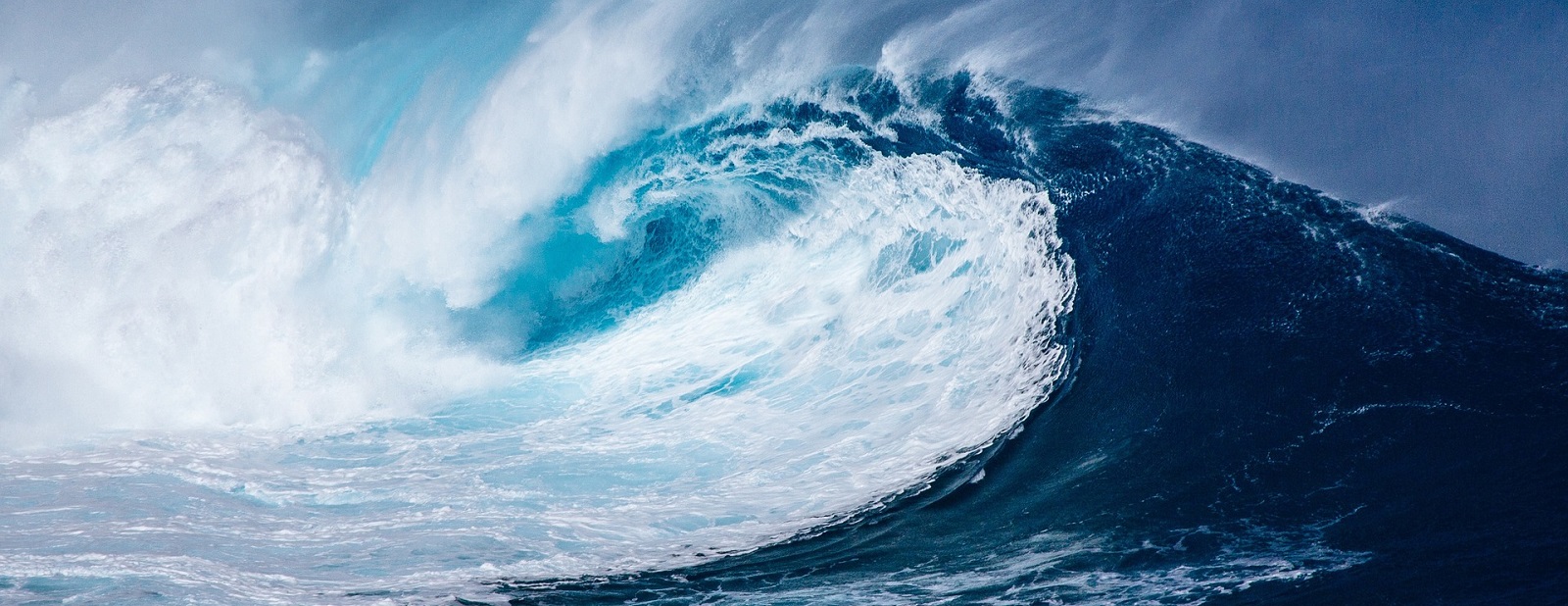With the ocean covering approximately 72% of the earth’s surface, wave energy holds great potential to satisfy a significant percentage of the worldwide energy supply. The challenge is to reduce costs and improve the performance of wave energy systems.

Now, Shun-Han Yang (Hedy), a post doctoral researcher at the Swedish Chalmers University of Technology, has developed a numerical analysis procedure that can be used for assessing the long-term structural service life of the components used in wave energy systems. “The procedure allows the industry to assess the damage that waves impose on mooring devices and power cables, etc., while calculating the wave power system’s performance and energy cost,” says Shun-Han Yang.
The developed methodology has been supported by industry and taken them from concept design validation to a full-scale prototype testing at sea. In technical terms, from a technology readiness level (TRL-level) of 3-4 to a TRL-level of 6-7. By using Yang’s numerical method, potential structural failures and/or operation obstacles are identified, which would otherwise be devastating if the system or situation was instead tested in reality.
Jonas Kamf is CEO of Waves4Power, one of Chalmers’ industrial partners. He explains that his company is under development and has limited resources, therefore a strong partner network becomes key. “It’s a lot of idea development, but also verification of results from our test activities. Real results are set against theoretical calculations and in this way, we can link theory and reality in order to get even closer to reality in our forward-looking work,” says Kamf.
Industrial collaboration with Chalmers in various fields opens up the ability to apply for extra financial support for technical development, which would otherwise be difficult to take part in. The connection between academia and industry is very important for development financing, but perhaps even more importantly, Kamf sees the university as a partner who can make them more grounded in reality.
“As a research resource, Chalmers is trustworthy and gives us as a collaborative partner an honest image, not a glorified picture of our reality. It’s easy to become blind in a development company and just see advantages. In this way, Chalmers is good at bringing us down to earth and shows us reality as it is. It has laid a good foundation for good work in research and development.”
For Chalmers, collaboration is a prerequisite for research. Yang believes that the close cooperation between academia and industry is what made her research possible. “To ensure the practicality of the numerical method, constant feedback given by the industry highlights that challenges are necessary,” she says.
Waves4Power expects that within the next two years, they will be fully commercial with a couple of installed wave power parks based on their latest technology. It will continue to be a technology in development and Chalmers is a key resource.

